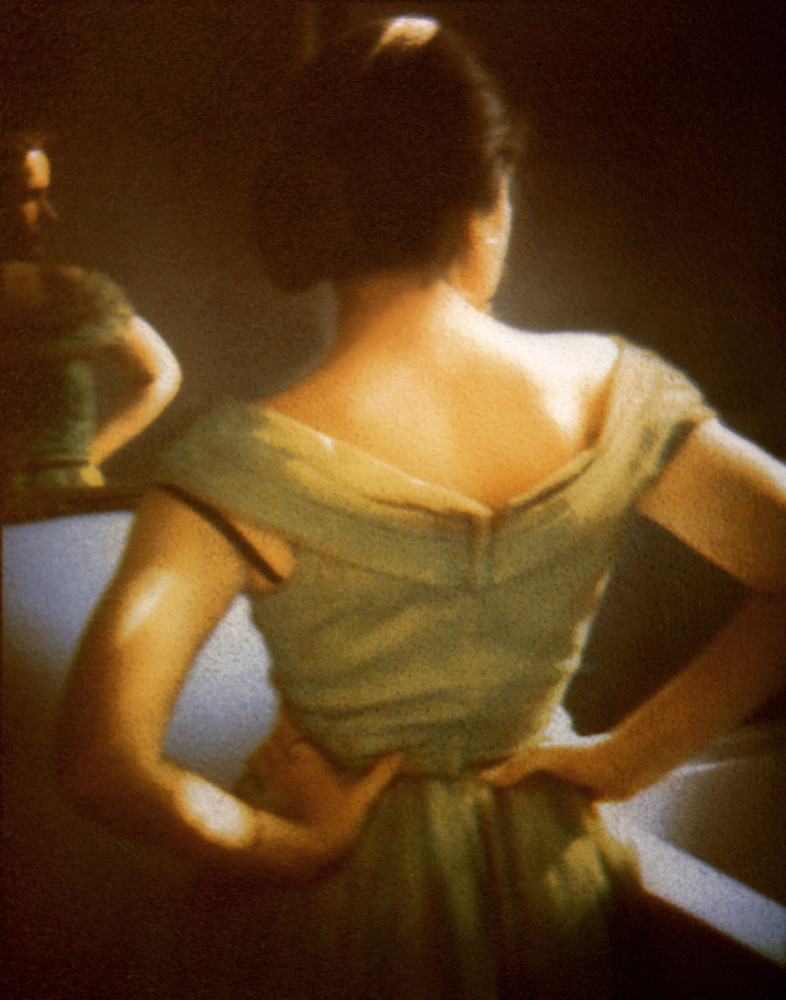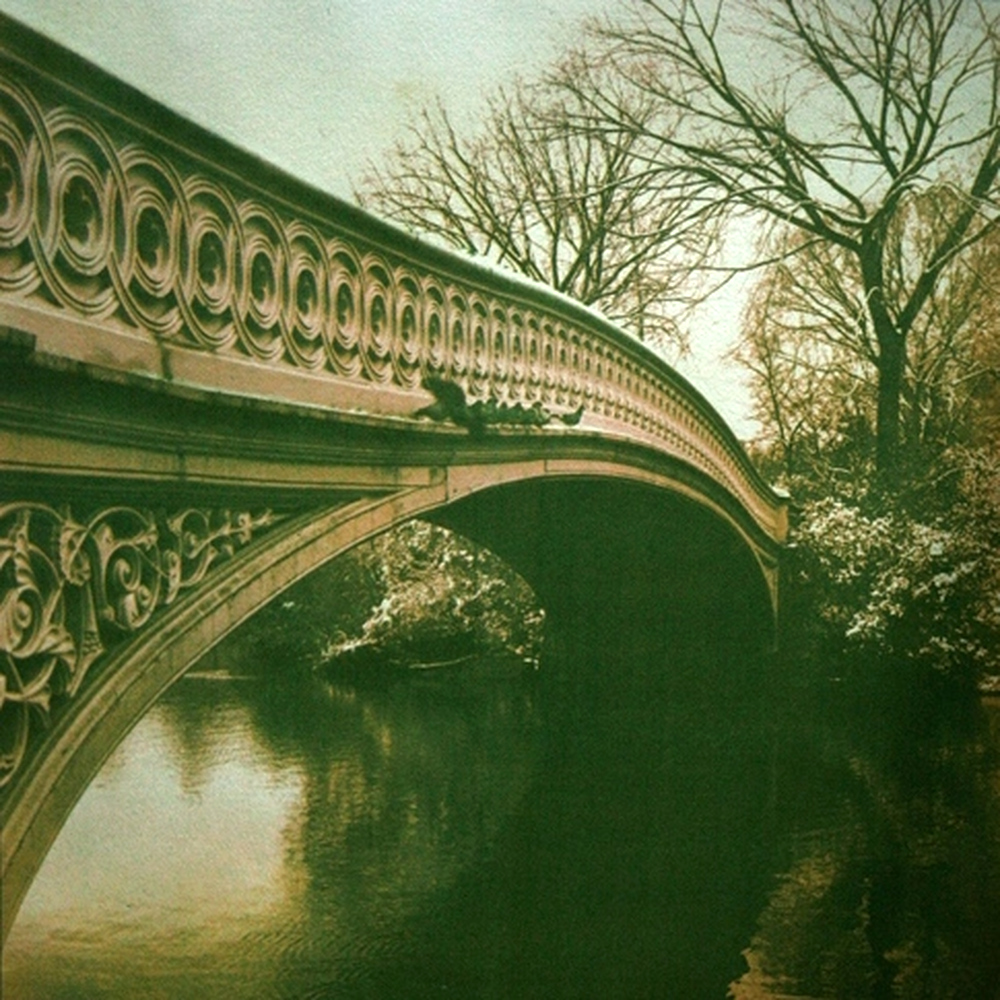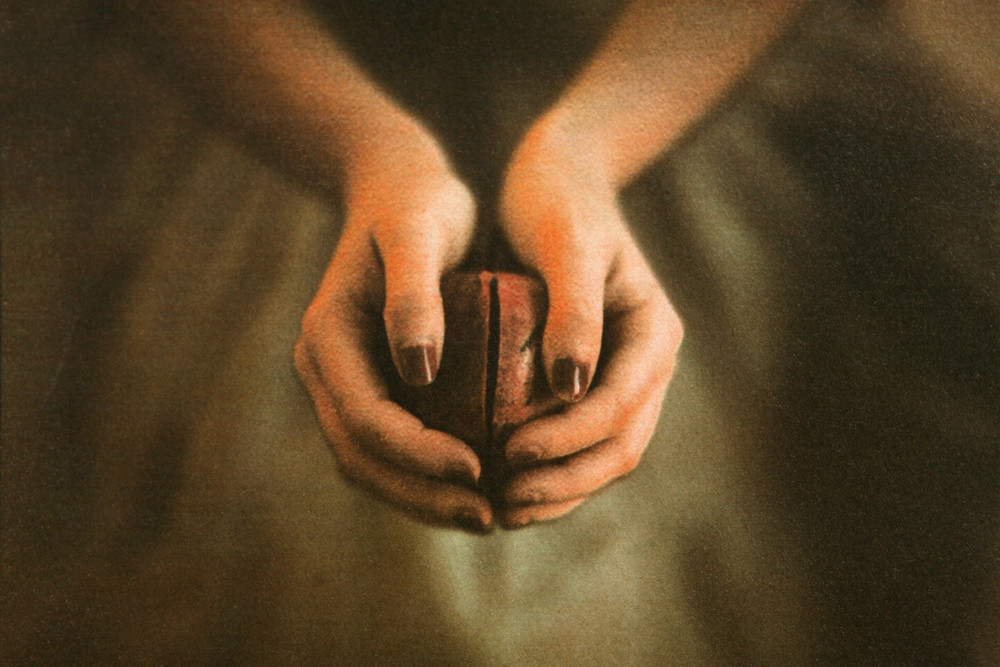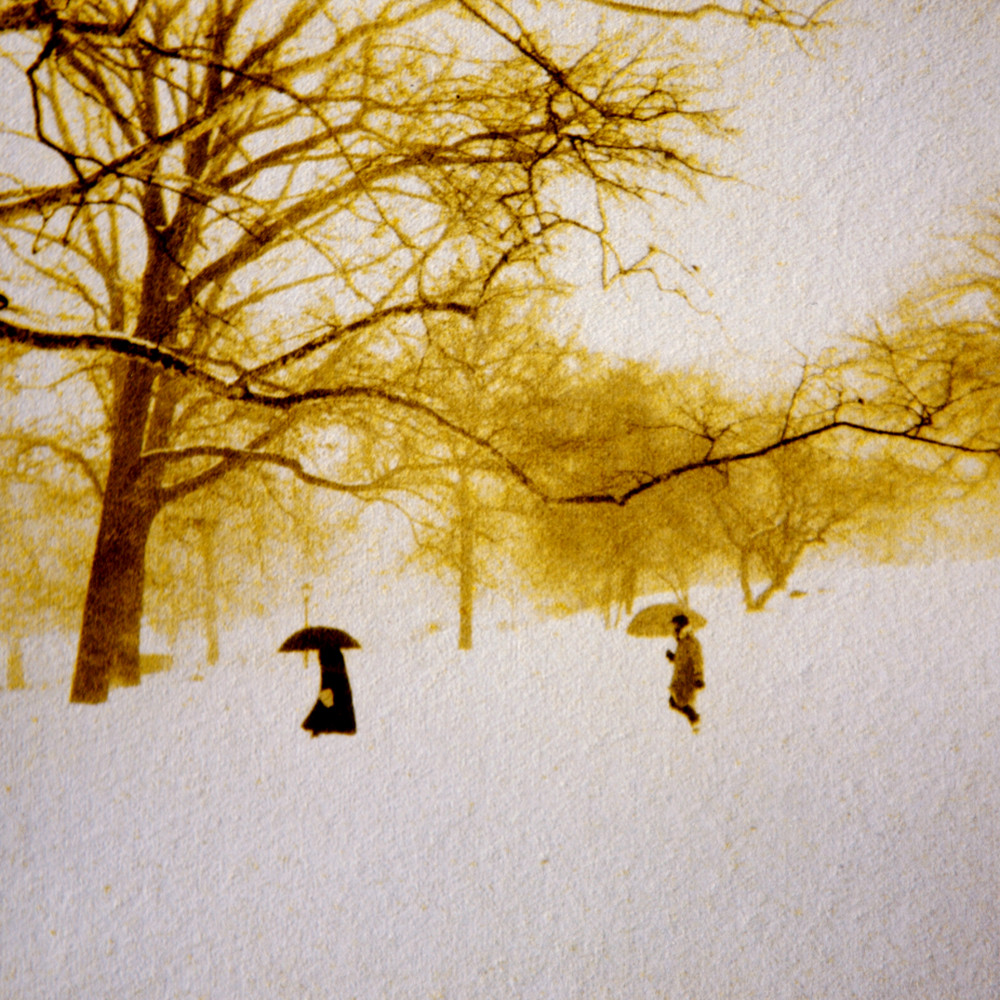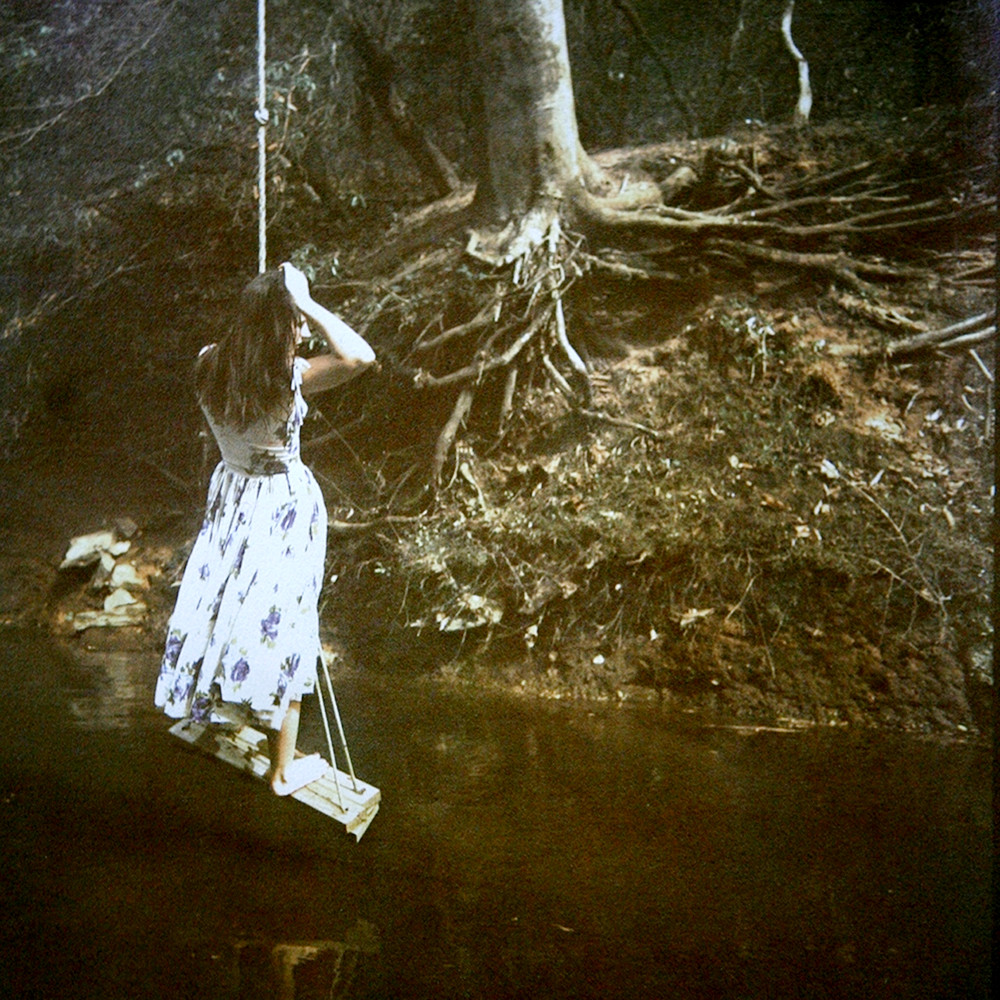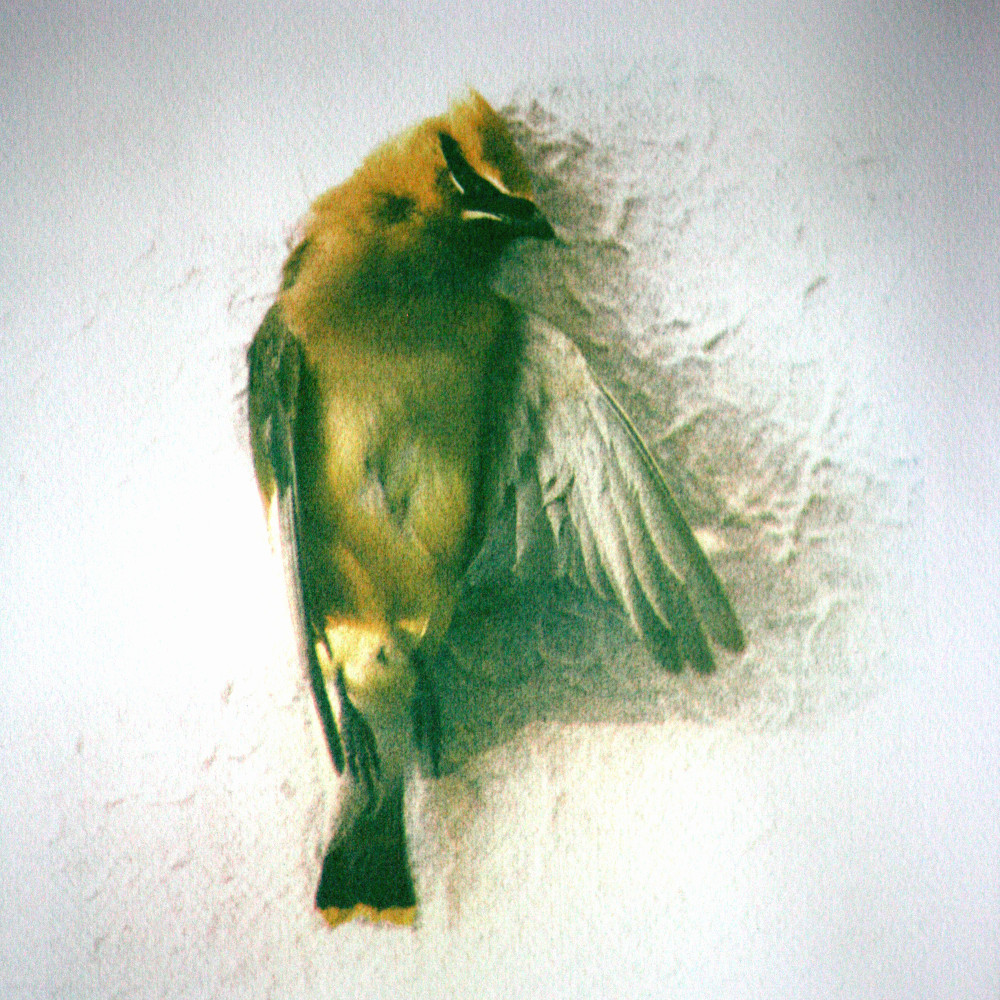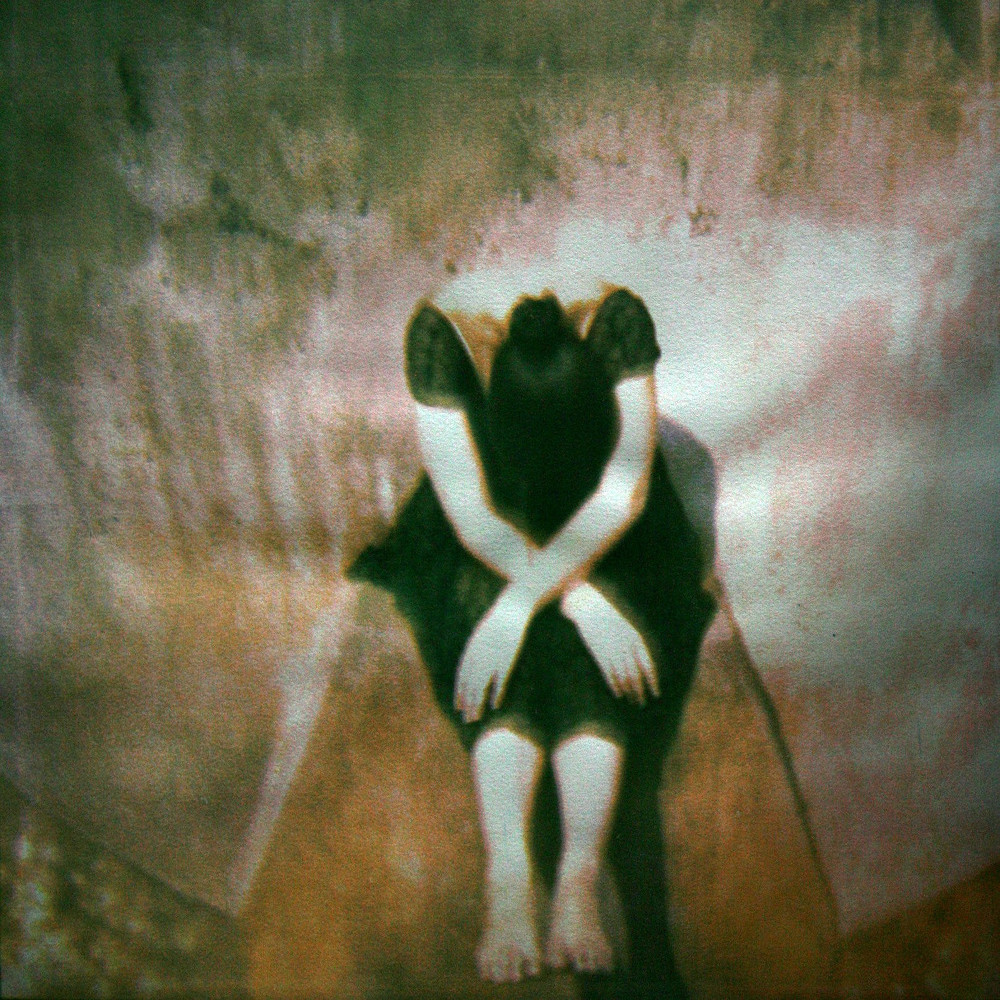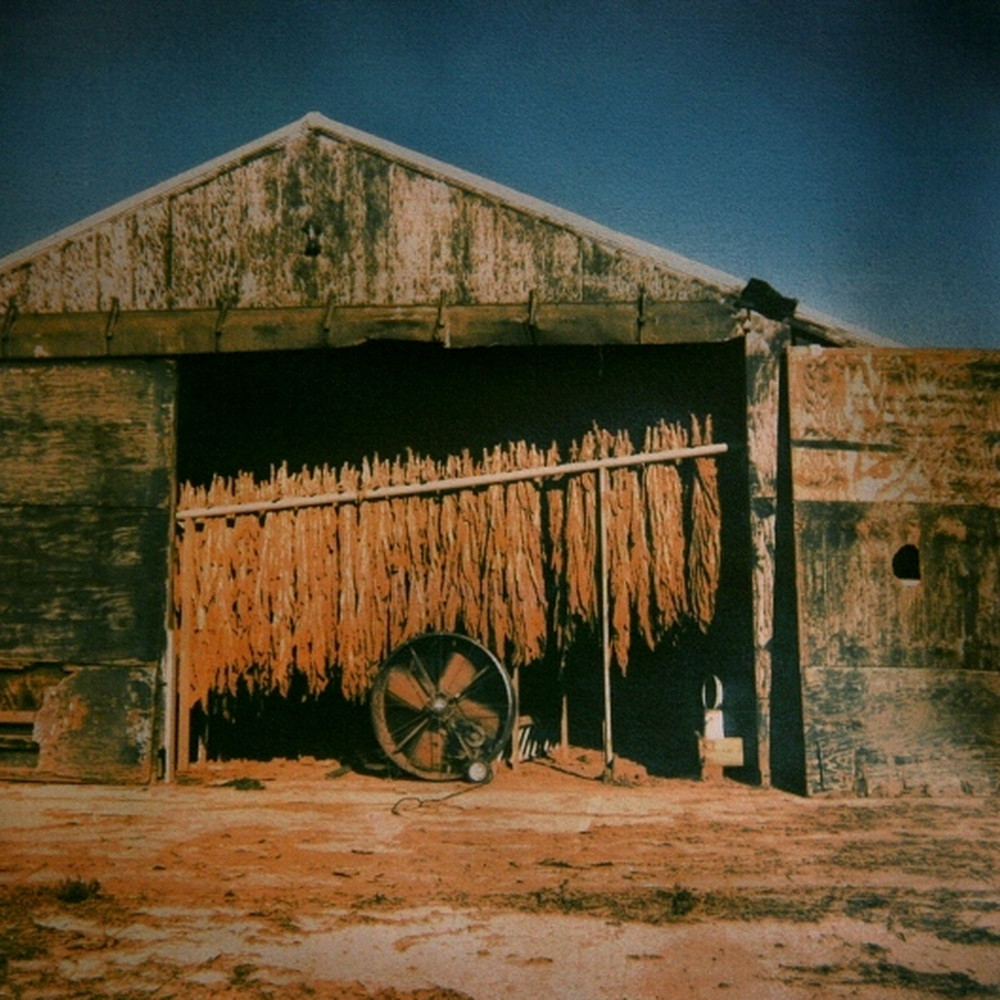Alternative Process Week: Diana H. Bloomfield: Gum bichromate
This week Guest Editor and photographer Kat Kiernan shares the work of photographers working in alternative processes.
Gum bichromate is a 19th-century contact printing process. Gum printing combines chemistry and watercolor paints to create multiple layers of color. Cyan, yellow, magenta, and sometimes black pigments are used to build up a full color image. Digital technology has allowed for color-separation negatives so that each pigment layer has a corresponding negative. One of the most archival photographic processes, gum bichromates are often soft and dreamy in quality.
Last year I visited Diana H. Bloomfield’s Raleigh studio to learn the gum bichromate process. I had exhibited Diana’s work in the past and was thrilled to be able to learn from her and observe her methods. Often using pinhole and toy cameras, her printing techniques rely as much on happy accidents and experimentation as the exposures themselves. Whether landscapes, figures, or still lifes, her photographs have a dreamlike quality to them that is enhanced by the softness and painterly quality of the process.
Much of my work focuses on the intersection of the past and memory. The interpretive and fugitive nature of both lends itself to a kind of narrative, and that’s the form that most of my work follows. I like to think of my images as visual vignettes that suggest half-remembered and slightly fragmented dream worlds. To help me create this type of imagery, I typically print in antique printing processes. I have found the gum bichromate process, in particular, to be the most creative and interpretive– at times, endlessly forgiving; at other times, not so much. And, somewhat like life, the gum process appears rife with surprises, happy accidents, frustration, disappointment, and major heartache. Yet for all that, gum offers seemingly endless possibilities, frequently veering off into whole new magical worlds. The repeated layerings of a gum print allow both a richness and a softness. All the hard edges disappear. Slight mis-registrations suggest movement, ambiguity, and remove all the sharp clarity (much the way we remember).
I also frequently use toy and pinhole cameras for my work. I’ve always felt that the downside, if there is any, of the photographic still image is its static nature. Toy and pinhole cameras offer a fluidity and a filmic quality that I like to see in my visual storytelling.
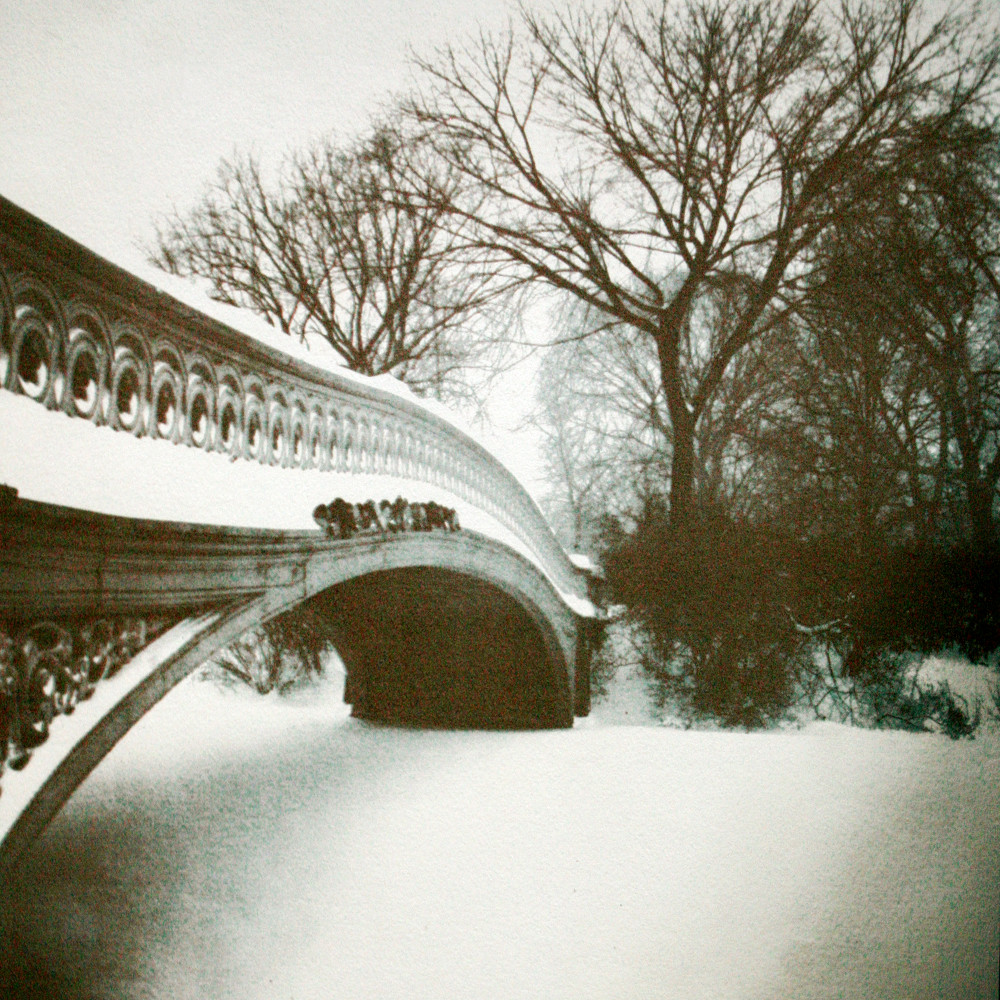
Diana H. Bloomfield has been an exhibiting photographer for thirty years. She has received numerous awards for her images, including a 1985 New Jersey State Visual Arts Fellowship, and four Regional Artist Grants from the United Arts of Raleigh, NC, most recently for 2006-07. Her photographs have been included in Pinhole Photography: Rediscovering a Historic Technique (3rd Edition), by Eric Renner; Robert Hirsch’s Exploring Color Photography Fifth Edition: From Film to Pixels (2011); Christina Z. Anderson’s Gum Printing and Other Amazing Contact Printing Processes (2013); and, most recently, in Jill Enfield’s Guide to Photographic Alternative Processes: Popular Historical and Contemporary Techniques (June 2013). Her work has also been included in the Pinhole Journal; The Post Factory Journal; Chinese Photography; The Sun; Diffusion; North Carolina Literary Review; and South x Southeast.
A native North Carolinian, Diana currently lives and works in Raleigh, North Carolina, where she received her MA in English Literature and Creative Writing from North Carolina Statue University. Her work is represented in Raleigh by Adam Cave Fine Art, and by Tilt Gallery, located in Scottsdale, Arizona.
Posts on Lenscratch may not be reproduced without the permission of the Lenscratch staff and the photographer.
Recommended
-
Ragne Kristine Sigmond: Portraits of Painterly LightDecember 2nd, 2025
-
Mary Pat Reeve: Illuminating the NightDecember 1st, 2025
-
Ricardo Miguel Hernández: When the memory turns to dust and Beyond PainNovember 28th, 2025
-
Pamela Landau Connolly: Columbus DriveNovember 26th, 2025
-
MATERNAL LEGACIES: OUR MOTHERS OURSELVES EXHIBITIONNovember 20th, 2025

